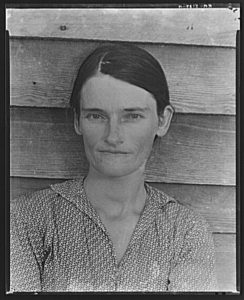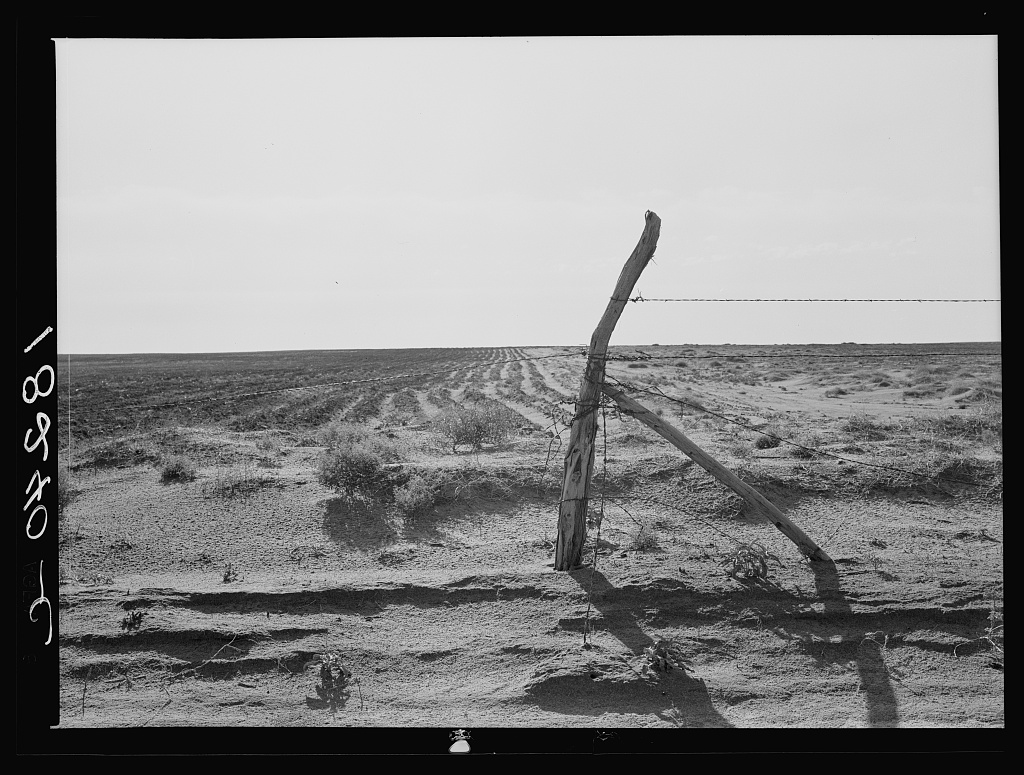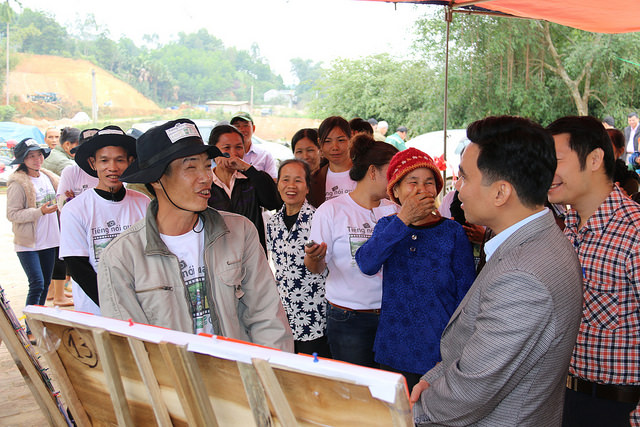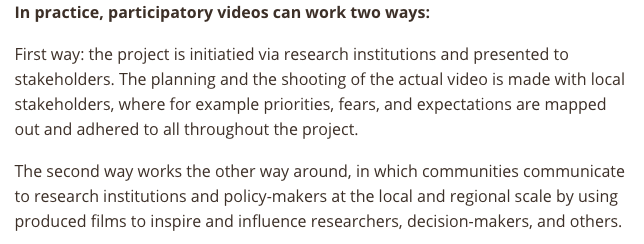The photovoice methodology as outlined by Wang and Burris in the 1990s rests on 3 pillars - empowerment education, feminist theory, and documentary photography. I'll hopefully come back in another post to talk about that intermingling a bit more but today I'd like to just take a look back to some early documentary photography that raised issues of rural poverty, agricultural life, and the impacts of extreme weather. The photographers that were hired by the Farm Security Administration from 1935-44 produced some of the most enduring images of black and white photography as they travelled amongst America's struggling farmers and sharecroppers. Anyone with more than a passing interest in photography will recognise images like Dorothea Lange's Migrant Mother and Walker Evans' portraits of sharecroppers.

It was not only the portraits of the FSA photographers that are interesting though; they also illuminate elements of a changing agricultural practice. So, in Lange's work we see patterns of furrowing to reduce wind erosion, new harvesting protocols, and the impacts of mechanization on labour requirements.

My current project here in Vietnam is looking at how photography can be used as a vehicle for scaling climate-smart agriculture; supporting farmers in developing countries to use photography and testimony as a tool to inspire and teach other farmers, and inform the powers that be of the situation on the ground. To western ears it may sound redundant, but smallholder farmers are not typically heard in the debates about policy that affect their lives, despite being among the demographic that is so far most affected by the impacts of climate change.
In the early 1990s, when Wang and Burris implemented the initial 'photo novella', the photographs taken by rural women in Yunnan sparked dialogue and change at policy level; for example, in relation to girls attending school (Wang and Burris, 1994).

When families must race to finish seasonal cultivating, when their work load is heavy, and when no elders in the family can look after young ones, mothers are forced to bring their babies to the field. China,1992. (Source: Wang and Burris, 1994)
Next week, we'll be training 20 or so farmers in My Loi climate-smart village and Ky Son commune in the basics of camera use, and asking them to document their practice and the challenges they face. The results will be put together for an exhibition a month or so later. It will be an unlikely opportunity for them to take centre-stage and show some of the local climate impacts, as well as adaptive knowledge they have gathered, to their own wider community and influential figures in the province.




